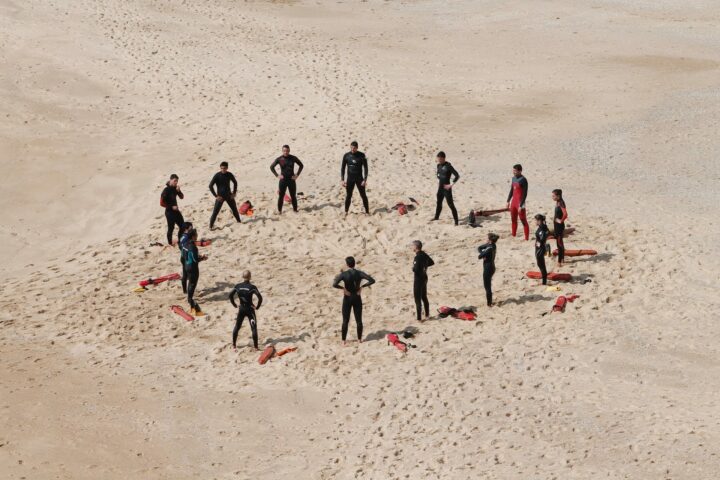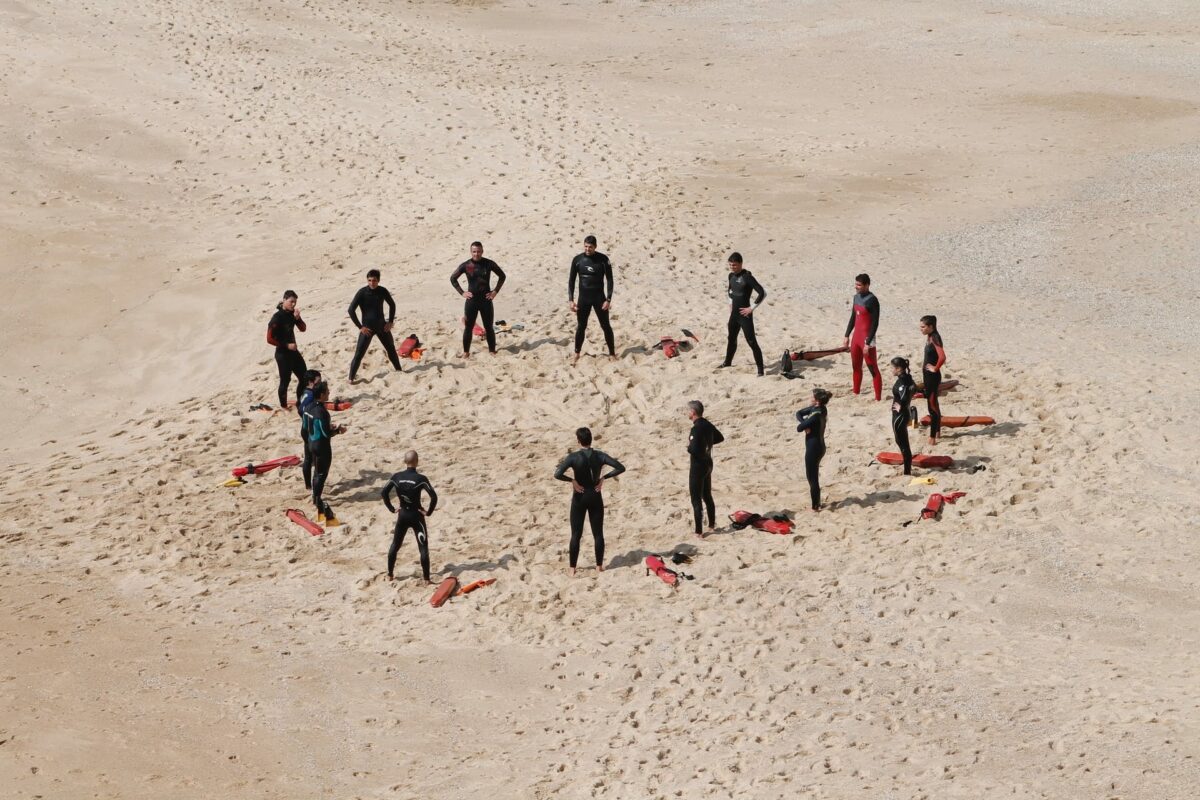Apart, but connected: Leading multicultural web development teams
Team leaders are being barraged with a myriad of business and project management buzzwords – Agile, Scrum, Remote, Async, Kanban to name a few. None of them explore people, their backgrounds and underlying cultures – something that profoundly affects how teams coordinate and communicate
And while we can argue that remote work and asynchronous communication have increased overall productivity (Salihefendic, 2019), culture is the “backbone” of people’s behavior and a serious cooperation influencer. Should we as leaders then place more emphasis on exploring multiculturalism and adaptive leadership while improving our teamwork?
It is reasonably thankless to model and scientifically “prove” what culture is and how it affects our team, especially if we want to avoid overgeneralization. Chhokar, J. S., Brodbeck, F. C., and House, R. J. (2007) made a substantial research and introduced the GLOBE model in an effort to explain how culture might affect a person’s ability to work in teams. The research group proposed a behavior model with 9 dimensions – Assertiveness, Future orientation, Gender egalitarianism, Humane orientation, Institutional collectivism, In-group collectivism, Performance orientation, Power distance, and Uncertainty avoidance. These were chosen as cultural taxonomies that could help team leaders understand their multicultural team. For instance, Eastern Europe is labeled high on assertiveness, group collectivism, and gender egalitarianism while Anglo cultures are high in performance orientation and low in group collectivism. This model is problematic in real-world scenarios as it presumes generalization over industry verticals and organizational horizontals. In short, GLOBE presumes that UX researcher in small team will “behave” in the same manner as a backend developer in larger enterprise group.
If you look at all managing factors that one team leader takes into account, using only GLOBE to model multiculturalism would be, to put it bluntly, naive. Scott Coleman from Top Digital Agency (a marketplace based on WooCommerce) further explained this during one of our interviews…
Team culture fit over country culture fit
Agencies should clearly and transparently jot down what is their culture and what kind of behavior is expected at the workplace. This should be communicated on all job ads, descriptions, creative materials and team working guides. Communicating early and often about your organization’s culture will bring similar team members together (Neuralab focus on enterprise grade WooCommerce solutions is a typical example). This is an obvious, but mostly overlooked point as companies are focused on providing cheap perks and operating benefits while forgetting the underlying reasoning of the job itself. In other words, promoting ping-pong tables inside your job ad is nice, but stating your company culture is essential.
Overcommunication over under-communication
Setting early expectations for your multicultural team is the second crucial part of the equation. Effective team leaders need to know their team, tasks at hand, product owners and methods of communicating. And there’s one simple recipe to cover all of this: over-communicate (Karnjanaprakorn , 2015). Whether it’s one-on-one meetings, team stand-ups, emails, shared documents or town hall gatherings, over-communicating is the first thing you should take into account while leading heterogeneous teams or as Mr. Alex Irvine stated, “Over-communicate. It’s better to tell someone something they already know than to not tell them something they needed to hear.”
Experiments over textbooks
Adaptive leadership practices promote experience and flexibility over stable and strict management methods (Heifetz, Grashow, Linsky, 2009). Flexibility is a paramount approach while leading multicultural teams as there are objectively more factors to consider while organizing and coordinating team efforts. Adaptive leadership calls this approach “Getting on the balcony – being able to see the state of play from above, surveying an array of relevant factors” (ANZSOG, 2017). Textbook examples rarely help in these situations, so experimental approach could be more effective in dealing with team dynamics. Bottom-up communication should also be encouraged to provide real feedback from operating problems and the ability for whistleblowing (ANZSOG, 2017), something that is tied to our last topic concept.
Teams over individuals
We all know the story of a high-performing jerk. Eager individual lands a job in your team, performs spectacularly and in no-time you’re starting to see water-cooler turmoils and increased leaves of absence. This is one example where leaders take a blind eye when individual expertise becomes more important than company culture or team cohesion. This is a short term vision and sheepish leadership which ignores one objective fact – long term success sits within a team, not with an individual (de Rond, 2010). Protect the voices of leadership from below and clearly state that company culture is more important than individual expertise. Be honest and forthcoming to all team members – “turning up the heat” is a legitimate practice under Adaptive leadership that enables focus and maintains honest attention (ANZSOG, 2017).
In the end, some individuals will still stick to their agendas or underlying beliefs, ignoring all the mentioned arguments for team well-being. And that’s OK, just follow the wisdom of Roy T. Bennett during those moments – “Even if you cannot change all the people around you, you can change the people you choose to be around”
References
- Amir Salihefendic, 2019, Asynchronous Communication: The Real Reason Remote Workers Are More Productive, Available at https://doist.com/blog/asynchronous-communication/
- Chhokar, J. S., Brodbeck, F. C., and House, R. J. (eds) (2007), Culture and leadership across the world: The GLOBE Book of In-Depth Studies of 25 Societies,’ Mahweh, NJ: LEA.Publishers.
- Michael Karnjanaprakorn, 2015, Why you need to over-communicate, Available at https://www.weforum.org/agenda/2015/03/why-you-need-to-over-communicate/
- Mark de Rond, 2010, Always Rely On A Team, Not Individuals, Available at https://www.forbes.com/2010/08/05/teams-teamwork-individuals-leadership-managing-collaboration.html
- ANZSOG (2017) What is Adaptive Leadership? Public admin explainer, Melbourne: ANZSOG [Online]. Available at https://www.anzsog.edu.au/resource-library/research/what-is-adaptive-leadership
- Photo by Margarida CSilva on Unsplash, Available at https://unsplash.com/photos/cQCqoTjr0B4







